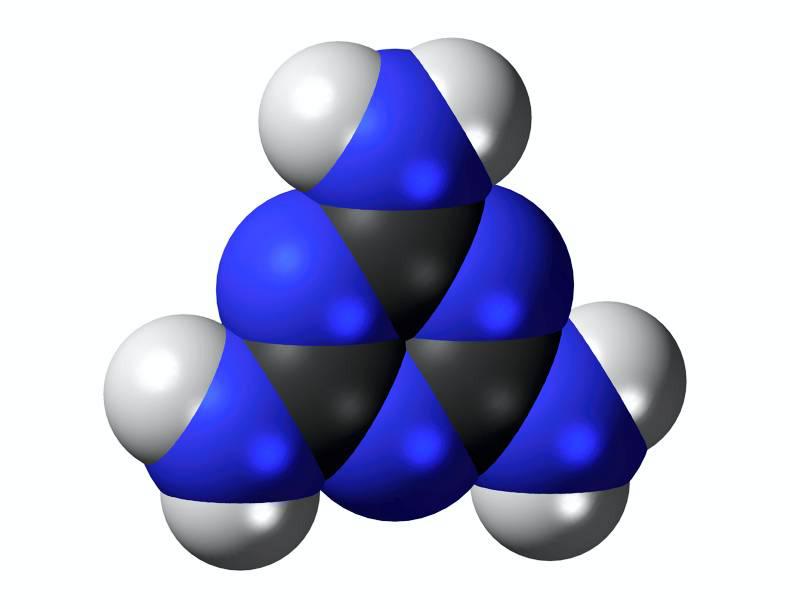Researchers from the Chinese Academy of Sciences and the Engineering Research Centre of Food Safety, both centred in Chongqing, south-west China, have devised a simple and reliable procedure to detect melamine using just gold nano-particles (AuNPs) and a UV-Vis spectrophotometer.
The researchers proved that AuNPs are easily bonded with melamine. This causes the solution to change colour from wine to purple.
The colour change can be quantitatively recorded by the UV-Vis spectrophotometer to calculate the amount of melamine simultaneously, according to the study published in the Journal of Food Quality.
The process takes about 15 minutes from start to finish and can detect melamine levels as low as two parts per million.
The speed, accuracy and simplicity of the test make it suitable for on-site or field screening of raw milk and milk products.
Melamine, which contains 66% nitrogen by mass, is an organic chemical widely used in the manufacture of plastics, adhesives, dishware and whiteboards.
Farmers and milk processors in some countries, including China, have been accused of adding melamine to milk they produce in a bid to increase its apparent protein content.
While non toxic to adults, melamine can cause kidney damage in infants. In 2008 six infants died and 300,000 fell ill in China after consuming infant formula tainted with melamine.






 This is a subscriber-only article
This is a subscriber-only article











SHARING OPTIONS: